
A Little Change for The Diapers, A Big Change for The World | Eco Boom Baby Bamboo Diapers and Wipes Manufacturer
A Little Change for The Diapers, A Big Change for The World | Eco Boom Baby Bamboo Diapers and Wipes Manufacturer
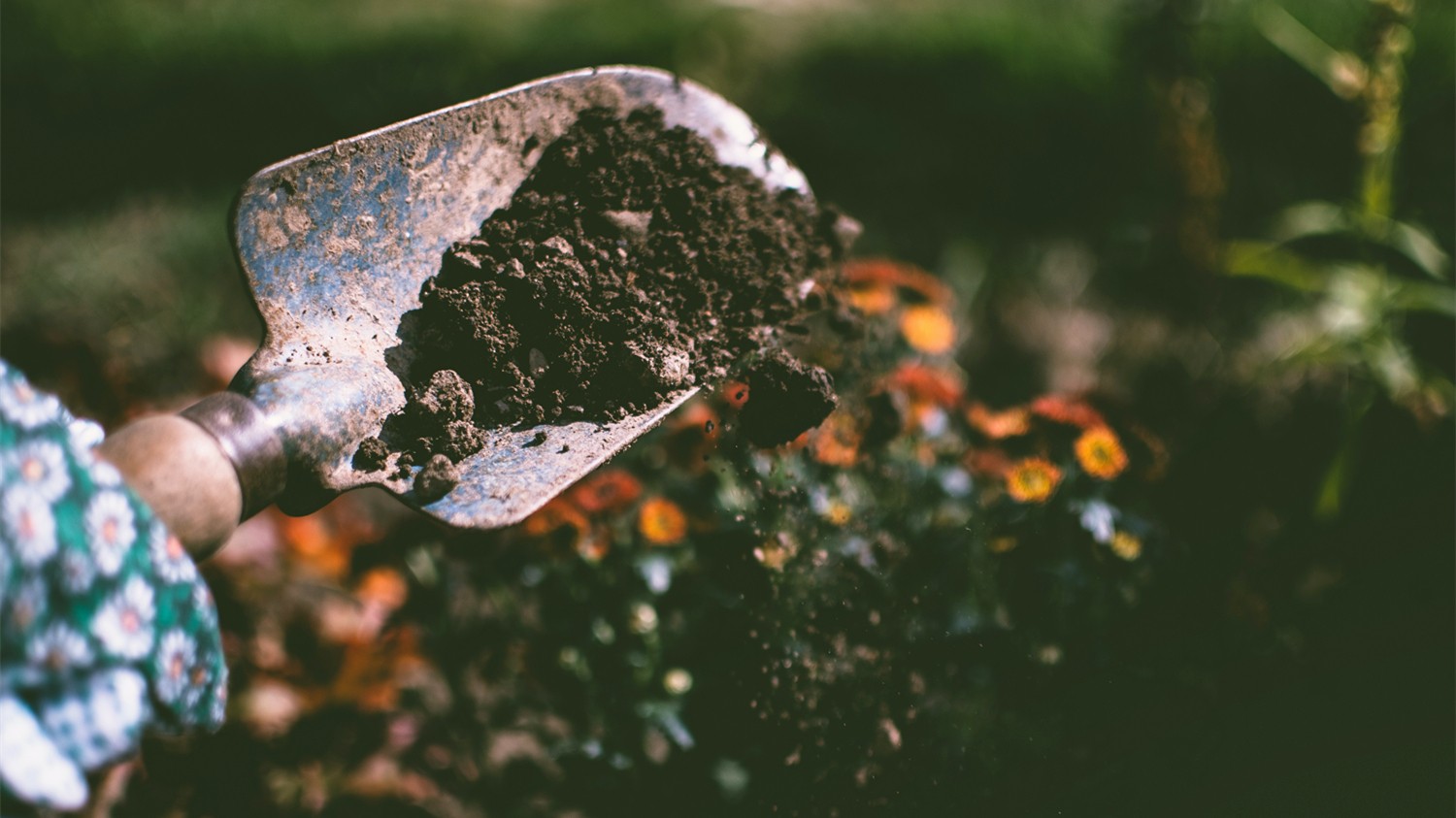
1 year, 365 days, is the time for tree leaves to be fully biodegradable. While, ECO BOOM bamboo diapers take 147 days to be 70.1% biodegradable under SGS tested.
We’ve thrown away 6.3 billion tonnes of plastic since mass production began in the 1950s but only 600 million tonnes have been recycled. The remaining 4.9 billion tonnes have been sent to landfill or left in the natural environment, wreaking havoc on wildlife and marine life. Plastic is both a blessing and a curse; although plastic revolutionized the way we live, the impact it has today is detrimental. In an attempt to resolve this issue, bio-plastics have emerged as a possible solution.
How does plastic degradation effect the environment?
Although all plastic is biodegradable, this process takes many, many years. Traditional plastic like PET (polyethylene terephthalate) can’t readily decompose or biodegrade. Why? Both processes are dependent on bacteria that consume and breakdown waste into simple matter. But PET is made with chemicals that bacteria cannot consume.
That is not to say that plastics can’t breakdown, they do, but it takes a long time; plastic bottles take up to 500 years to decompose in landfill. Rather than bacteria, plastic is broken down through a process called “light degradation” whereby UV radiation from the sun breaks down the plastic into smaller pieces overtime. However, landfills by their very design, make this pretty hard to achieve.Landfills are compact and repeatedly layered with soil each day to make room for more waste, so the sun barely has time to reach the waste before another layer is added.
Not only are landfills an eyesore, but they are also incredibly bad for the environment, mostly because they release toxins and greenhouse gasses into the earth and air. Furthermore, the non-recycled plastic that doesn’t reach landfill, ends up in our oceans. Although light-degradation happens quicker in the ocean, it causes masses of environmental harm to marine life. The sun rays breakdown plastic into smaller pieces but those little pieces of debris called ‘microplastics’ are mistaken for food and end up killing millions of marine life every year. That is why we need biodegradable products.
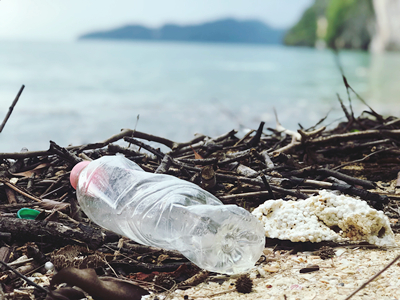
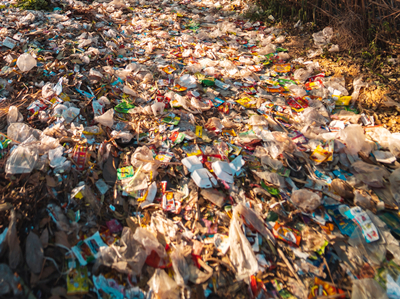
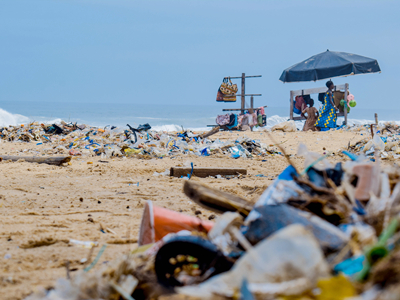
Definition of Biodegradable
The term “biodegradable” refers to any material that can be broken down by microorganisms ( like bacteria and fungi ) and assimilated into the natural environment. Biodegradation is a naturally occurring process; when an object degrades, its original composition degrades into simple components like biomass, carbon dioxide, water. This process can occur with or without oxygen, but it takes less time when oxygen is present, like when a leaf pile in your yard breaks down over the course of a season.
Biodegradation can take anywhere from a few days (for vegetable scraps) to 500 or more years ( for a plastic bag ). 1 year, 365 days, is the time for tree leaves to be fully biodegradable. While, ECO BOOM bamboo diapers take 147 days to be 70.1% biodegradable under SGS tested.
Many products claim to be eco-friendly, in fact they don’t differ much from conventional plastic diapers. ECO BOOM, we do things differently. We have spent years on developing the real sustainable materials to remain premium performance. Everything we try is better for baby and our planet. We are very proud to be the most accredited eco-friendly brand on the market.
Time for Household Items to Biodegrade
It takes a month for tissues, paper bags, newspapers, etc. to degrade. The rate at which these items degrade depends largely on how they degrade. For example, paper towels buried in the soil take much longer to decompose than paper towels exposed to air.
Degradation of banana peels, cardboard, etc. takes two months. If the weather is colder, the degradation time of banana peels may be even longer.
It takes six months for cotton clothing such as T-shirts to degrade. Of all the fabrics, cotton is the most biodegradable. And if the weather is warm and humid enough, a thin piece of cotton clothing can be biodegraded in just a week.
Light wool clothing, such as pullovers and socks, takes up to a year to degrade. Wool is also a natural product that, in the wild, can decay like a sheep's carcass.
Degradation time for orange peels, plywood and cigarette butts takes two years. However, some studies have pointed out that cigarette butts may not break down after 10 years. Cigarettes contain more than 600 ingredients, the most difficult to break down is cellulose acetate, and 95% of cigarette filters contain this plastic.
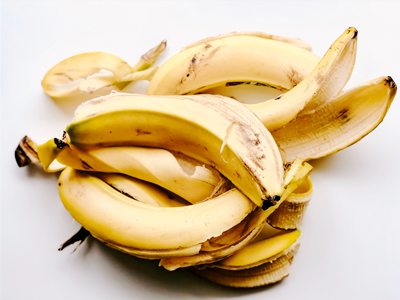

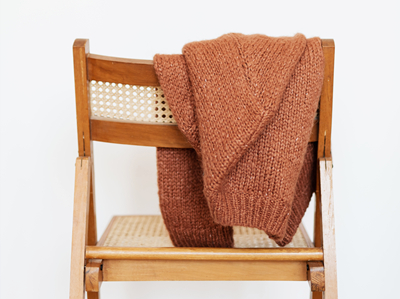
Degradation of glass jars and bottles takes one to two million years. These objects may live on forever, as we can see that the glass that formed in the magma hundreds of years ago still exists today. Glass is mainly made of silicon, one of the most stable and durable minerals on Earth.
How long something takes to biodegrade depends on both the chemical composition of the object and the way that it's stored. Variables like temperature and the presence of water, light, and oxygen affect the speed of degradation. Most landfills have so little light, air, and moisture that the biodegradation process is significantly slowed.
Vegetable peels, eggshells, paper, and garden waste are all straightforwardly biodegradable. When discarded, these items break down in a relatively short period of time, so they can be assimilated into the natural environment. Even some commercial items like coconut coir dish scrubbers fall into this category. In comparison, materials like styrofoam, plastic, and aluminum are typically deemed non-biodegradable because of how long they take to break down.
Figuring out if an object is actually biodegradable can be challenging, especially when you're assessing objects that aren't usually made from biodegradable materials, like cell phone cases or tote bags. The Federal Trade Commission (FTC) and various third-party certifiers have taken steps to monitor the labeling of products as biodegradable. Therefore, if you’re trying to determine whether something is biodegradable, check the packaging and don’t hesitate to contact the company to ask questions.
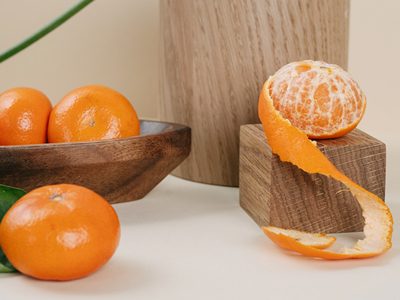

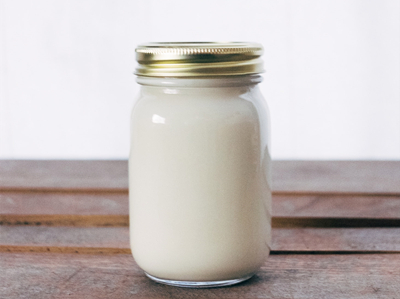
View information sources:
https://www.treehugger.com/biodegradable-compostable-difference-5094376
https://www.savemoneycutcarbon.com/learn-save/how-long-does-it-take-for-plastic-to-biodegrade/
https://www.sciencelearn.org.nz/resources/1543-measuring-biodegradability
Copyright © 2019 XIAMEN MK HEALTH CARE PRODUCT CO., LTD . | All Rights Reserved
We are here to help you! If you close the chatbox, you will automatically receive a response from us via email. Please be sure to leave your contact details so that we can better assist